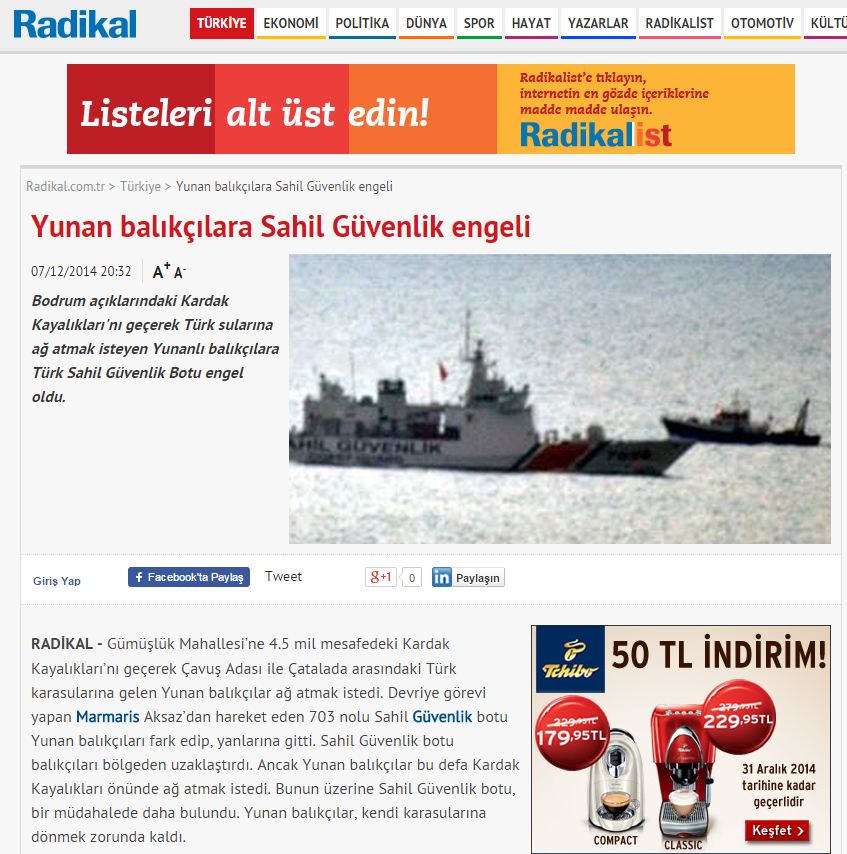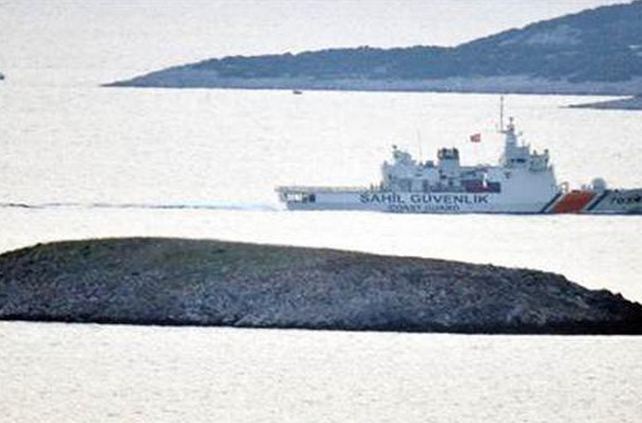Dale C. Copeland is Associate Professor of International Relations in the Woodrow Wilson Department of Politics at the University of Virginia.
Following is an extract from his article "Economic Interdependence and War: A Theory of Trade Expectations," International Security, Vol. 20, no.4 (Spring 1996)"
To see the whole article go to https://www.mtholyoke.edu/acad/intrel/copeland.htm
----------------------------------------------------------------------------------------------------------
Does economic interdependence increase or decrease the probability of war among states? With the Cold War over, this question is taking on importance as trade levels between established powers such as the United States and Russia and emerging powers such as Japan, China, and Western Europe grow to new heights. In this article, I provide a new dynamic theory to help overcome some of the theoretical and empirical problems with current liberal and realist views on the question.The prolonged debate between realists and liberals on the causes of war has been largely a debate about the relative salience of different causal variables. Realists stress such factors as relative power, while liberals focus on the absence or presence of collective security regimes and the pervasiveness of democratic communities.(1) Economic interdependence is the only factor that plays an important causal role in the thinking of both camps, and their perspectives are diametrically opposed.
Liberals argue that economic interdependence lowers the likelihood of war by increasing the value of trading over the alternative of aggression: interdependent states would rather trade than invade. As long as high levels of interdependence can be maintained, liberals assert, we have reason for optimism. Realists dismiss the liberal argument, arguing that high interdependence increases rather than decreases the probability of war. In anarchy, states must constantly worry about their security. Accordingly, interdependence - meaning mutual dependence and thus vulnerability - gives states an incentive to initiate war, if only to ensure continued access to necessary materials and goods.
The unsatisfactory nature of both liberal and realist theories is shown by their difficulties in explaining the run-ups to the two World Wars. The period up to World War I exposes a glaring anomaly for liberal theory: the European powers had reached unprecedented levels of trade, yet that did not prevent them from going to war. Realists certainly have the correlation right - the war was preceded by high interdependence - but trade levels had been high for the previous thirty years; hence, even if interdependence was a necessary condition for the war, it was not sufficient.
At first glance, the period from 1920 to 1940 seems to support liberalism over realism. In the 1920s, interdependence was high, and the world was essentially peaceful; in the 1930s, as entrenched protectionism caused interdependence to fall, international tension rose to the point of world war. Yet the two most aggressive states in the system during the 1930s, Germany and Japan, were also the most highly dependent despite their efforts towards autarchy, relying on other states, including other great powers, for critical raw materials. Realism thus seems correct in arguing that high dependence may lead to conflict, as states use war to ensure access to vital goods. Realism's problem with the interwar era, however, is that Germany and Japan had been even more dependent in the 1920s, yet they sought war only in the late 1930s when their dependence, although still significant, had fallen.
The theory presented in this article - the theory of trade expectations - helps to resolve these problems. The theory starts by clarifying the notion of economic interdependence, fusing the liberal insight that the benefits of trade give states an incentive to avoid war with the realist view that the potential costs of being cut off can push states to war to secure vital goods. The total of the benefits and potential costs of trade versus autarchy reveals the true level of dependence a state faces, for if trade is completely severed, the state not only loses the gains from trade but also suffers the costs of adjusting its economy to the new situation.
Trade expectations theory introduces a new causal variable, the expectations of future trade, examining its impact on the overall expected value of the trading option if a state decides to forgo war. This supplements the static consideration in liberalism and realism of the levels of interdependence at any point in time, with the importance of leaders' dynamic expectations into the future.
Levels of interdependence and expectations of future trade, considered simultaneously, lead to new predictions. Interdependence can foster peace, as liberals argue, but this will only be so when states expect that trade levels will be high into the foreseeable future. If highly interdependent states expect that trade will be severely restricted - that is, if their expectations for future trade are low - realists are likely to be right: the most highly dependent states will be the ones most likely to initiate war, for fear of losing the economic wealth that supports their long-term security. In short, high interdependence can be either peace-inducing or war-inducing, depending on the expectations of future trade.
This dynamic perspective helps bridge the gaps within and between current approaches. Separating levels of interdependence from expectations of future trade indicates that states may be pushed into war even if current trade levels are high, if leaders have good reason to suspect that others will cut them off in the future. In such a situation, the expected value of trade will likely be negative, and hence the value of continued peace is also negative, making war an attractive alternative. This insight helps resolve the liberal problem with World War I: despite high trade levels in 1913-14, declining expectations for future trade pushed German leaders to attack, to ensure long-term access to markets and raw materials.
Even when current trade is low or non-existent, positive expectations for future trade will produce a positive expected value for trade, and therefore an incentive for continued peace. This helps explain the two main periods of détente between the Cold War superpowers, from 1971 to 1973 and in the late 1980s: positive signs from U.S. leaders that trade would soon be significantly increased coaxed the Soviets into a more cooperative relationship, reducing the probability of war. But in situations of low trade where there is no prospect that high trade levels will be restored in the future, highly dependent states may be pushed into conflict. This was the German and Japanese dilemma before World War II.
The article is divided into three sections. The first section reviews liberal and realist theories on the relationship between economic interdependence and the probability of war, and provides a critique of both theories. The second section lays out trade expectations theory. The final section examines the diplomatic historical evidence for the new theory against two significant cases: Germany before World War I and Germany before World War II. The evidence indicates that the new variable, expectations of future trade, helps resolve the anomalies for current theories: in both cases, negative expectations for future trade, combined with high dependence, led leaders into total war out of fear for their long-term economic position and therefore security.
-----------------------------------------------------------------------------------------------------------------------








